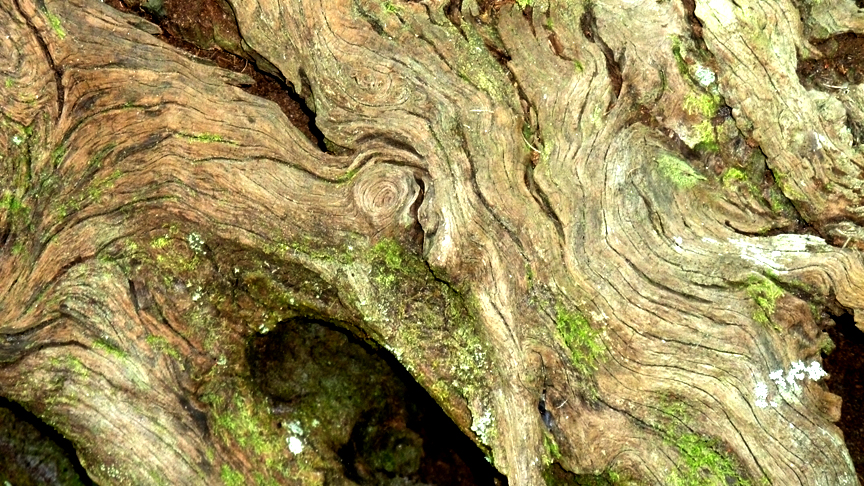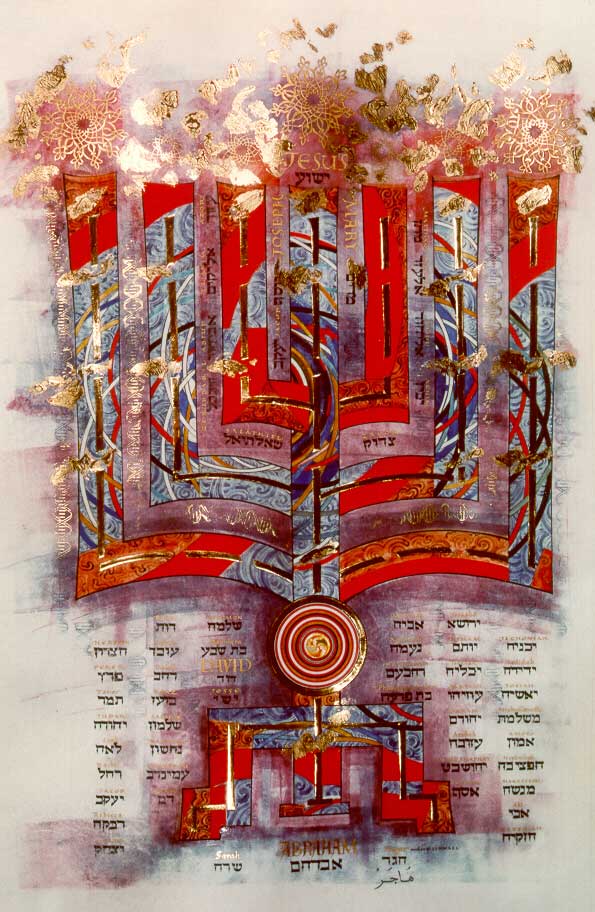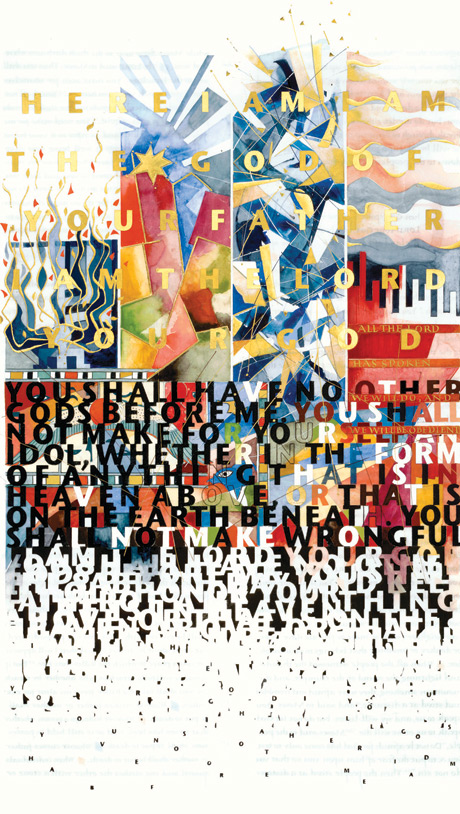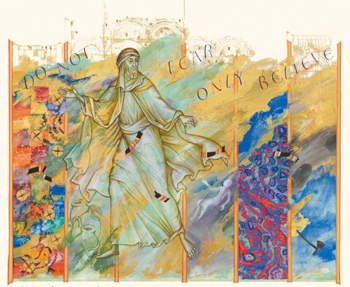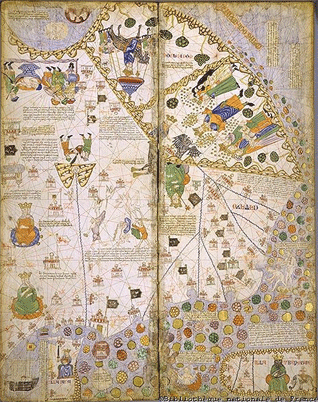A silverpoint drawing of a pine tree in the South Carolina mountains or many others drawings done in coastal Georgia brought back so many memories and sensations as I reorganised my framed art after Hurricane Irma's passage. Their images were an astonishingly powerful trigger that collapsed time.
Read MoreSilverpoint
Hôtel Sainte Valière - from Winegrower’s “Folly” to Artists’ Residence /
Light footsteps flying down the spacious stairway, sunlight flooding through the big windows, laughter and a welcome soon sealed with a glass of wine: my stay at Hotel Sainte Valière began deliciously.
Hôtel Sainte Valière, Sainte Valière, France
I soon learned that this gracious house, one of the main homes built in this small hilltop village during the 19th century wealthy heyday of wine culture in the Languedoc Roussillon area of southern France, was originally called a “winegrower’s folly”. The Cayla family knew how to make a home of gracious proportions, and today’s guests at Eloise Caleo’s Artist Residency are the lucky beneficiaries. The family lives on the top floor, with wonderful views out over the Minervois area and the green, bountiful vineyards, and on the middle floor are three spacious rooms and private bathrooms for the residents. Meals, if you chose to take them with the family, are out on the terrace or in a front room warmed by a wonderful fire framed by a local marble fireplace. Needless to say, the meals are seriously delicious.
Sainte Valière
Sainte Valière, from one of the many vineyards surrounding the village
My two-week residency flashed past but it was the perfect place to get down to working really hard. I wanted to complete two big silverpoint drawings for an upcoming exhibition and this was the ideal situation simply to push through and finish them in dogged fashion. My quiet and privacy were respected delightfully.
So many enticing trips, nonetheless, beckoned. Sainte Valière is in bounteous wine-growing country, a world punctuated by blue mountain ranges, dwarfed – one has to admit – by the snow-capped Pyrenees peaks floating in the distance to the south west. Lovely golden-stone villages all have their own “caves” or wine-growers where wine-tasting is offered, plane tree avenues shade and wind along roads that invite the explorer. The Canal du Midi, serene and winding in stately fashion though the vineyards and past small towns that have known considerable wealth from the canal transport and commerce in the past, is now bringing new economic activity to the area. Biking, boating, small restaurants along the water – so many attractions to delight, and all close enough to hand to Sainte Valière that an artist can slip off for a while to change gears from creating to celebrating life in France.
Bridge over the Canal du Midi at nearby Le Somail (image courtesy of Peter Gugerell, Vienna, Austria)
Another wonderful side trip from Sainte Valière is the Abbey of Fontfroide, a mighty Cistercian twelfth century monastery that was restored and reinvigorated at the turn of the 20th century by Gustave Fayet. Art lovers know his name as a major late 19th century collector of Gauguin and other contemporary artists. He was a wine grower from the area, an artist himself, painting and creating lovely ceramics and carpets. He was also an experimenter in the astonishing stained glass windows that he and a master glazier, Richard Burghstal , created for the church and dormitory at Fontfroide.
Abbey of Fontfroide, south of Narbonne, France - the entrance
Abbey of Fontfroide
Not only is the abbey itself beautiful, with its rose garden and hillside gardens framing it as it nestles the forest-clad valley in the Corbières hills, but its library hides another gem. Gustave Fayet commissioned Odilon Redon to paint two huge canvases, each of three panels, in the vast stately library above the cloisters. Night and Day, they are considered his ultimate masterpiece. Complex, highly allusive and full of symbols, they are a symphony of colour and lyricism. A special guided visit to see them is well worth the effort; in truth, they are so many-layered that one could see them innumerable times and see something fresh each time.
Night, Odilon Redon, 1910-1911, one of the two paintings in the Library, Abbey of Fontfroide, France
Day, Odilon Redon, 1910-1911, one of the two paintings in the Library, Abbey of Fontfroide, France
Narbonne and Carcassonne are other visits well worth making as excursions from Sainte Valière. But – remember –Hôtel Sainte Valière is an artist’s residency! So, ideally, the creative juices should flow too and the side trips can be the rewards. I certainly found that to be the case. As I rolled my two big silverpoint drawings in a tube to pack and take home, I felt I was packing far more than art. The two weeks were a gift of gracious living, fascinating regional beauty and, best of all, the formation of new and delightful friendships.
How Artists' Work Evolves over the Years /
Does an artist remain faithful to early visions and inspirations for art creation over the passage of twenty-five years? Measuring my own evolution, I find that I have just moved in closer to look at the nature that surrounds us, to marvel at details that often get overlooked in our busy lives.
Read MoreOpening a Silverpoint Show in Spain /
Opening Night: "Pensando en Miró: Drawings in Silver" by Jeannine Cook, Sa Tafona Gallery, Deia, Mallorca
The first guests walked into the gallery. How appropriate their timing! I was exhibiting in the beautiful mountainside village of Deia, Mallorca, at the Hotel Belmond La Residencia's Sa Tafona Gallery, and who should be the first arrivals but William, son of long-time famed Deia resident, Robert Graves, with his charming wife. What a wonderful augury!
Read MoreThe Dialogue with White /
I recently finished reading Edmund de Waal’s wonderful new book, “The White Road, a Pilgrimage of Sorts” and it made me very much more aware of white and the role it plays in my life as an artist. De Waal went on a fascinating odyssey seeking out porcelain centers, history of porcelain and as he did in his previous book, “The Hare with Amber Eyes”, the whole story is interwoven with his own life as a potter in England.
Read MoreClose Focus - Art of the Small /
Amid the swirl of daily life, it has been hard to achieve any drawing. Nonetheless, I reminded myself that even doing tiny drawings is better than nothing. Then I remembered that quote from Donna Tartt's "The Goldfinch", when Theo remarks: "To understand the world at all, sometimes you could only focus on a tiny bit of it, look very close at what was close to hand and make it stand in for the whole."
Read MoreBurgundy as a State of Mind /
As I return to my less art-oriented daily life after my artist residency at La Porte Peinte in Noyers sur Serein, Burgundy, I realise that the time I have spent there, this year and last year, has subtle results. Something I would almost define as a state of mind.
There has been a curious combination of magical, positive elements to achieve such a state. The set-up at La Porte Peinte, first of all, was felicitious in the extreme for me: I thoroughly enjoy being with Michelle and Oreste Binzak who own and run LPP. They are delicious citizens of the world and ensure that artists are made most welcome and comfortable. My room, which I also used as my studio for drawing, was perched high above the Place de l'Hôtel de Ville, the main square in the village, and provided a marvellous sight of what was going on and taking the pulse of the village. My view of timber-framed medieval houses around the square reminded me of those long-distant times during which monks were diligently using leadpoint to prepare their illuminated manuscripts in nearby abbeys whilst other agriculturalist monks were furthering the cultivation of vines and making wines already famous beyond Burgundy.
Read MoreVideo on Metalpoint and its Ins and Outs /
I have just received this video that video-maker Derek Gauvain made for me to celebrate metalpoint drawing. Check it out:
Transformations /
Transformations from the object an artist is viewing to the art created always seem like magic. No matter how lucid an explanation is given about how the artist gets from point A, the subject matter, to point B, the resultant artwork, there always seems to be another dimension. Perhaps that is because none of us can really get into the head of another human being, no matter how. Each of us is that proverbial "island unto ourselves" and that includes the conscious or subconscious process by which art is created. Of course, there is that other aspect - that the art that happens is also somewhat of a mystery to the artist as well. Each artist really never knows what is going to happen during the art-making process, no matter how carefully the preparation is done, or how meticulously laid out the plan for the work.
Personally, I am learning, slowly, simply to trust that small voice inside my head that says, "look hard at what you are seeing, allow your eye to select the next aspect to draw or paint, and just go with the zeitgeist of that moment of creation." In other words, relax, don't think too hard and work intuitively as much as possible. I have also come to realise, with time, that whether I like it or not, my life experiences, my personality - who I am - will come through my art, for good or for bad.
I was trying simply to live intuitively in the moment last week when I had one of my rare, precious times to draw en plein air. I found an amazing live oak "sculpture" of the remains of a mighty tree - just the stump, the essence of sinews and strength.
The sunlight was shining on parts like a floodlight, and they sang. The only trouble was that of course, the sun moved, the light changed and other parts began to be more visible and the aspects that had interested me simply faded into shadow! Paciencia, as the Spanish say!
Nonetheless, by the end of the time spent in peace and fascination, I had done some small metalpoints. They are a version of this mysterious alchemy of transformations.
Serendipitious Thoughts /
Every artist knows the magic of an idea suddenly hitting when least expected. Often these serendipitous thoughts form the basis on which to create, often something new and adventurous. They help push out new creative frontiers and make one think in different ways. Sometimes it is an idea that reaffirms a direction on which one is embarked already. Other times, it awakens curiosity and suggests new lines of investigation. Let me give an example.
My fascination with silverpoint drawing led me, just recently, to marvel at a displayed copy of the huge and wonderful St. John's Bible. This work of art and devotion was created by a team of artists and theological scholars at the Benedictine St. John's Abbey and University in Collegeville, Central Minnesota, under the leadership of Donald Jackson, Scribe to Her Majesty's Crown Office at the House of Lords in London. Fulfilling a life-long dream of creating a modern illuminated Bible, linking ancient spiritual texts with the 21st century world, he was eventually commissioned in 1998 to create the St. John's Bible. Its final lines were penned in 2011. The resultant, magnificent creation, 2 feet by three when the Bible is open, is written by hand on vellum, with 160 illuminations, each one of which is absolutely mesmerizing. These are just some samples to incite you, I hope, to look at more of them and see them in real life if you get the chance.
I loved looking at the amazing illuminations on display, but behind my fascination lay two questions: Did the artists draw the illuminations out in silverpoint before they painted them with tempera and inlaid gold leaf, as happened in medieval times? And did Mr. Jackson lay out lines on which to write his text with leadpoint, as did the early monks?
I was able to ascertain that no, neither silverpoint nor leadpoint were used in this creation of the St. John's Bible.
So that made me wonder about other frontiers. Now I need to find out about some other amazing creations - the extraordinary portolan charts and nautical maps created in the 14th century by the preeminent Mallorcan map makers, among whom Abraham Cresques and his son, Jehuda, were the most renowned. Since all those early, early maps arose from the monastic tradition of illuminated manuscripts and were often created contemporaneously to the Books of Hours and other sacred works, I suspect that indeed metalpoint came into use during the maps' creation. But I need to hunt further to confirm that.
When you gaze at these complex works of science and beauty, the 14th century equivalent of Google Maps for the seamen of that time, large charts created painstakingly on vellum, it is with the same amazement as I experienced with the St. John's Bible. But now I need to find out if those artists drew their illustrations and lines with metalpoint.
There was something else connected to the St. John's Bible that helped reaffirm ideas that are rummaging around my head for future art projects. The Mission Statement included on the label describing the copy of St. John's Bible on display had a pithy list of actions that are the perfect springboard for serendipitous ideas. Some of them are:
Ignite Imagination Revive Tradition Discover History Foster the Arts Give Voice
All wonderful thoughts of how to go on exploring metalpoint drawing, a medium of antiquity equal to the early medieval religious bibles, of exactitude for exploration of aspects of the natural world and, at the same time, a medium of wonderful possibilities for today's artistic voices.









